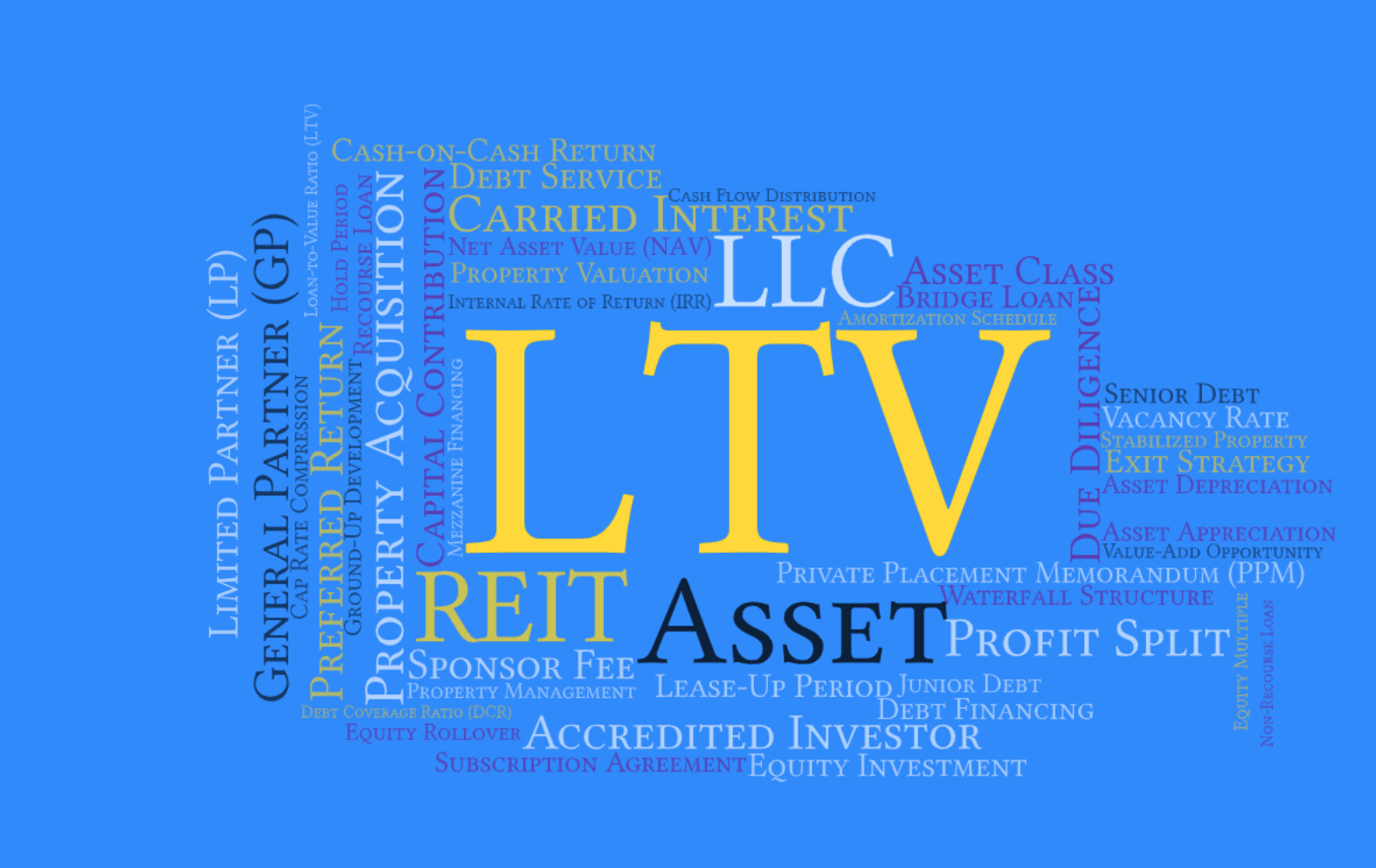In our ongoing series "Decoding Real Estate Jargon," we're diving into the Loan-to-Value (LTV)...
🎃 Multifamily Horror Stories and How to Avoid Them 👻
As Halloween approaches, let’s dive into some terrifying tales from the world of multifamily investing—stories of missteps that turned into nightmares for investors. Here’s a glimpse of these “horror stories” and, more importantly, how you can steer clear of them. These lessons will keep you from experiencing your own multifamily frights!
The Case of the Underestimated Expenses 💀
One investor purchased a multifamily property without fully analyzing operating expenses and underestimated costs by 25%! This created immediate cash flow issues, leading to inadequate funds for property upkeep and eventually, high tenant turnover.
Avoid the Horror: Always perform a thorough underwriting process and understand the property's full expense profile before diving in. Make sure you’re considering not only current expenses but also future increases in areas like property taxes and maintenance.
Here are some of our blog posts where you can learn more in how to avoid the horror:
- Evaluating Multifamily Investments: Key Metrics for Passive Investors (Part 2)
- Decoding Real Estate Jargon: Understanding Net Operating Income (NOI)
The Debt Disaster 👻
Another investor, lured by low initial payments, chose bridge financing with a floating interest rate. When rates rose, their debt costs skyrocketed, reducing profits and leaving them scrambling to refinance on unfavorable terms.
Avoid the Horror: Be sure to understand the types of debt you’re taking on. If you choose bridge loans or other variable-rate debt, assess the potential impact of rate increases. Consider a stress test or sensitivity analysis to gauge how much fluctuation your cash flow can sustain.
Here are some of our blog posts where you can learn more in how to avoid the horror:
- Decoding Real Estate Jargon: Navigating Debt in CRE Syndications
- Understanding Leverage in Multifamily Syndications 🏢
- Decoding Real Estate Jargon: Understanding DSCR
The Vacancy Curse 🧛
An investor bought an aging property, expecting it to remain fully occupied. However, unexpected vacancies arose as residents left due to deferred maintenance. High vacancies slashed cash flow, creating an endless cycle of financial strain.
Avoid the Horror: Always plan for potential vacancies, especially if the property requires value-add renovations or if it’s located in an area with economic challenges. Factoring in vacancy rates and economic cycles is crucial to preserving cash flow and avoiding financial strain.
Here are some of our blog posts where you can learn more in how to avoid the horror:
- Decoding Real Estate Jargon: Vacancy Deep Dive
- Multifamily Syndications: Guide to Market Selection and Target Demographics
The Miscalculated Exit Strategy 🕸️
In this frightful tale, an investor neglected to account for changing cap rates in their exit strategy. The market shifted, and they couldn’t sell the property at the projected value, resulting in substantial losses and disappointing returns for LPs.
Avoid the Horror: Always perform an exit cap rate sensitivity analysis to assess how shifts in the market might impact your returns at sale. A conservative exit plan can save you from market volatility nightmares.
Here are some of our blog posts where you can learn more in how to avoid the horror:
- Understanding Exit Cap Rate in Multifamily Syndications
- Decoding Real Estate Jargon: Understanding Exit Strategies
The Scary Syndicator 👀
Some investors faced an all-too-common horror story: a syndicator with limited experience, making risky decisions without proper due diligence. This led to mismanagement and a property that underperformed expectations, with investors left holding the (empty) bag.
Avoid the Horror: Vet your syndicators thoroughly! Check their experience, track record, and approach to due diligence and underwriting. Ensure they have a solid team, a well-structured business plan, and a commitment to transparent communication.
Here are some of our blog posts where you can learn more in how to avoid the horror:
- Network and Build Relationships in CRE Syndication as a Passive Investor
- Passive Investing: Setting Clear Investment Criteria and Objectives
The Due Diligence Disaster 🧟
One investor was in such a rush to close on a deal that they skipped proper due diligence, failing to uncover issues with the property’s plumbing, roofing, and HVAC systems. These “hidden” problems led to unexpected repairs costing hundreds of thousands of dollars.
Avoid the Horror: Never skip the due diligence process. Always invest time in physical inspections, financial analysis, and third-party reports. Due diligence is essential to ensure there are no hidden issues that could come back to haunt you.
Here are some of our blog posts where you can learn more in how to avoid the horror:
Final Thoughts: Avoid the Multifamily Graveyard! ⚰️
These horror stories remind us of the importance of a thorough approach to multifamily investing. Avoid the ghosts of poor underwriting, bad debt decisions, and incomplete due diligence by preparing for the unexpected. Educate yourself and rely on a trusted team to avoid the fright.
Happy Halloween, and may your investing journey be free of terrifying surprises! 🎃
Let's Continue the Conversation: We invite you to engage with us in several ways:
-
Explore Opportunities: Discover how our syndications can improve your retirement plan. Contact us to explore investment opportunities and gain insights into the path to passive income. CLICK HERE to schedule a call.
-
Subscribe to Our Blog: Stay informed about the role of real estate in retirement planning. Subscribe to our blog and receive regular updates, expert advice, and success stories.
-
Connect on Social Media: Join our community on social media to interact with like-minded individuals who are also on the journey to a prosperous retirement.
CLICK HERE to schedule a call.
Download our free e-book at the link https://content.bluepathholdings.com/free-ebook.

 By
By



